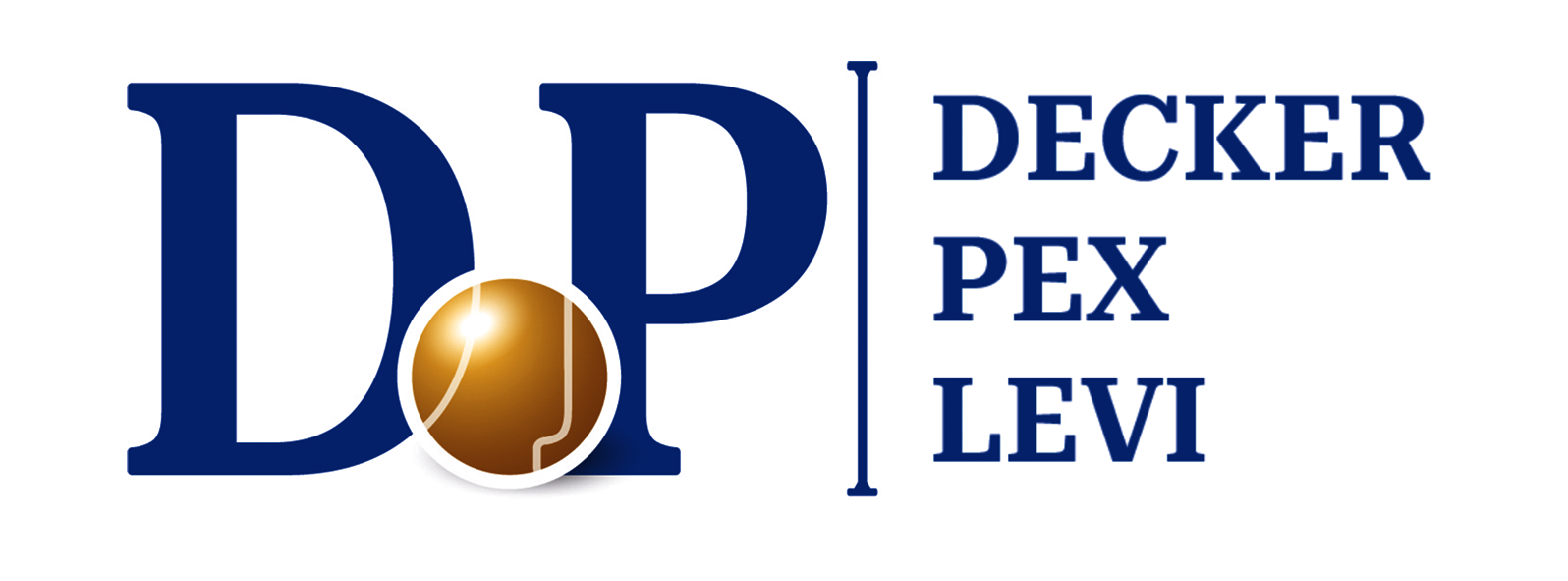What is an Interference Proceeding?
This proceeding occurs when two parties file a trademark application that the Trademark Office deems as confusingly similar. The purpose of an interference proceeding is to determine which of the two applicants should prevail and move forward to registration of his application.
How is an interference proceeding determined?
The Trademark Office will send notice to the conflicting applicants requesting them to reach an agreement as to registration of their marks. In the absence of an agreement between the two applicants, the Registrar of Trademark shall decide which application shall be accepted. The decision of the Registrar will be based on evidence showing use of the mark.
What are my options?
Letter of arguments: the applicants may argue against the interference proceeding, that the marks in both applications are not confusingly similar, and support their arguments with evidence. If the examiner finds the letter of arguments convincing, and decides to accept the arguments and annul the proceeding, then the examiner shall request the other party provide its position in this matter. If both parties argue against the interference proceeding, the Examiner is likely to withdraw its proceeding.
Coexistence: an applicant may approach the other party and suggest they reach an agreement according to which the marks can be registered side by side in the Israeli registry. Such an agreement, if reached, is subject to approval of the Trademarks Office, who will decide if acceptance of both applications will/will not lead to consumer confusion. The Trademark Office may decide that the marks and their lists of goods or services are similar or overlapping and therefore may create consumer confusion. In this case, The Trademark Office will allow coexistence provided that the parties amend their lists of goods and services accordingly.
Proceed with the interference proceeding: the parties will be required to show the Trademark Office materials proving use of the mark, including investments in marketing, dates of launching the product, sales figures, different marketing channels, etc. This information shall be consolidated into an affidavit and submitted to the Trademark Office.
Hearing: subsequently to filing the affidavits, a hearing will be held before th registrar. In the hearing, the parties will state their case and be will cross-examined by the registrar. After the hearing, both parties are required to file summations. Then, the Registrar will issue a decision regarding the prevailing application. The Decision of the Registrar is appealable to the District Court.
Withdrawal: the applicants may decide to withdraw the application and file a new trademark application.
If no response if filed by one of the conflicting applicants then the other application will likely be accepted for registration.
What are the deadlines?
After notified of the proceeding, the applicants are given three months to reach an agreement. If no agreement is reached, then the parties have three months to file their evidence, and another thirty days to file a response to the affidavit of the other party. These deadlines are extendable. However, the Trademark Office limits extension to a total of eight months. In addition, examination of a trademark application shall be complete within two years from the date of the first Office Action. An appeal to the District Court can be filed within thirty days from the Registrar’s decision.
First to Use or First to File?
Under local practice, applications are usually registered on a first-to-use basis, and not necessarily on first-to-file basis (as in the US and UK). In other words, in an interference proceeding, the date of filing of each application is of little importance in determining which application will prevail. Rather, the Trademark Registrar will examine which party was the first to use his trademark in and is more identified with it among Israeli consumers.
